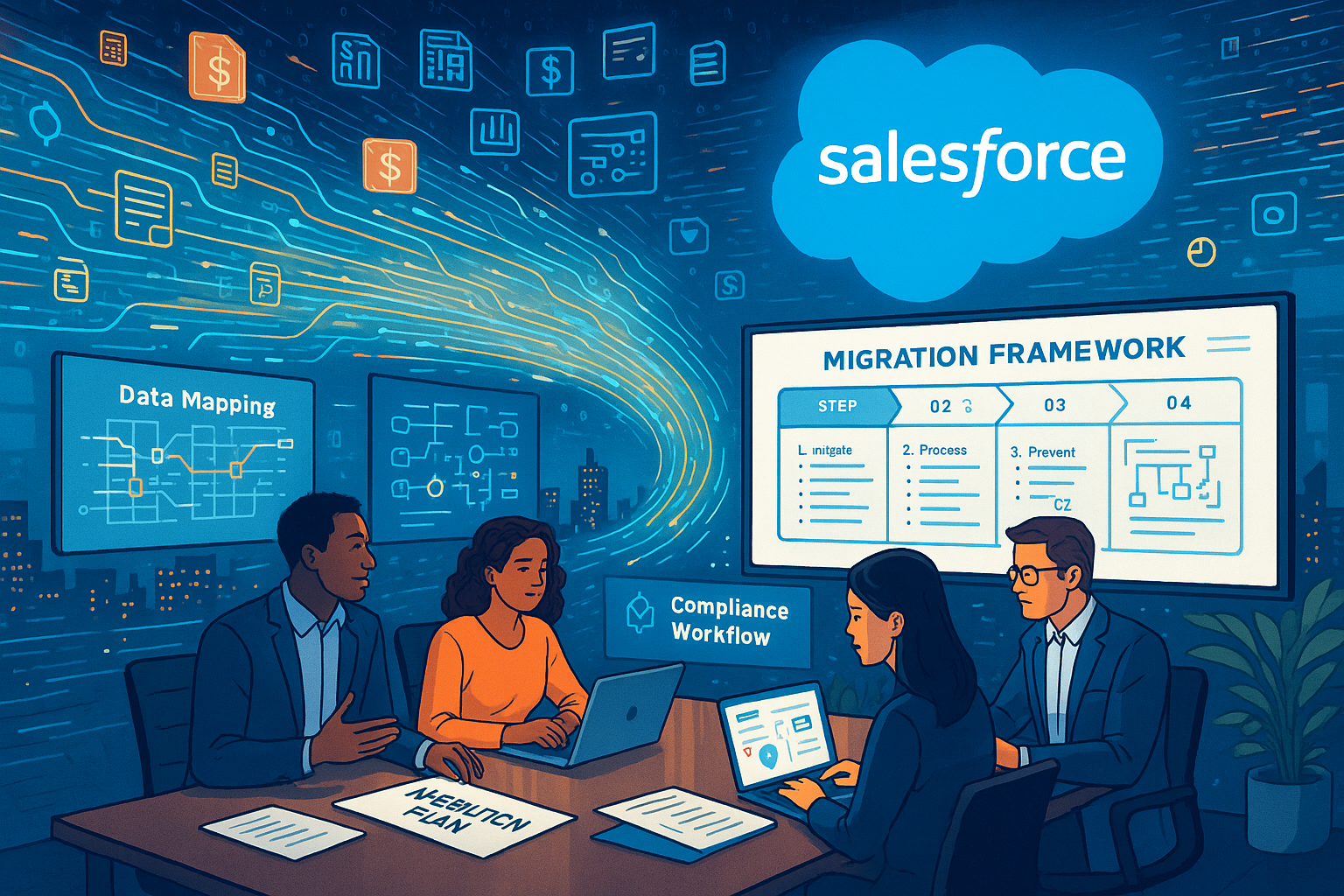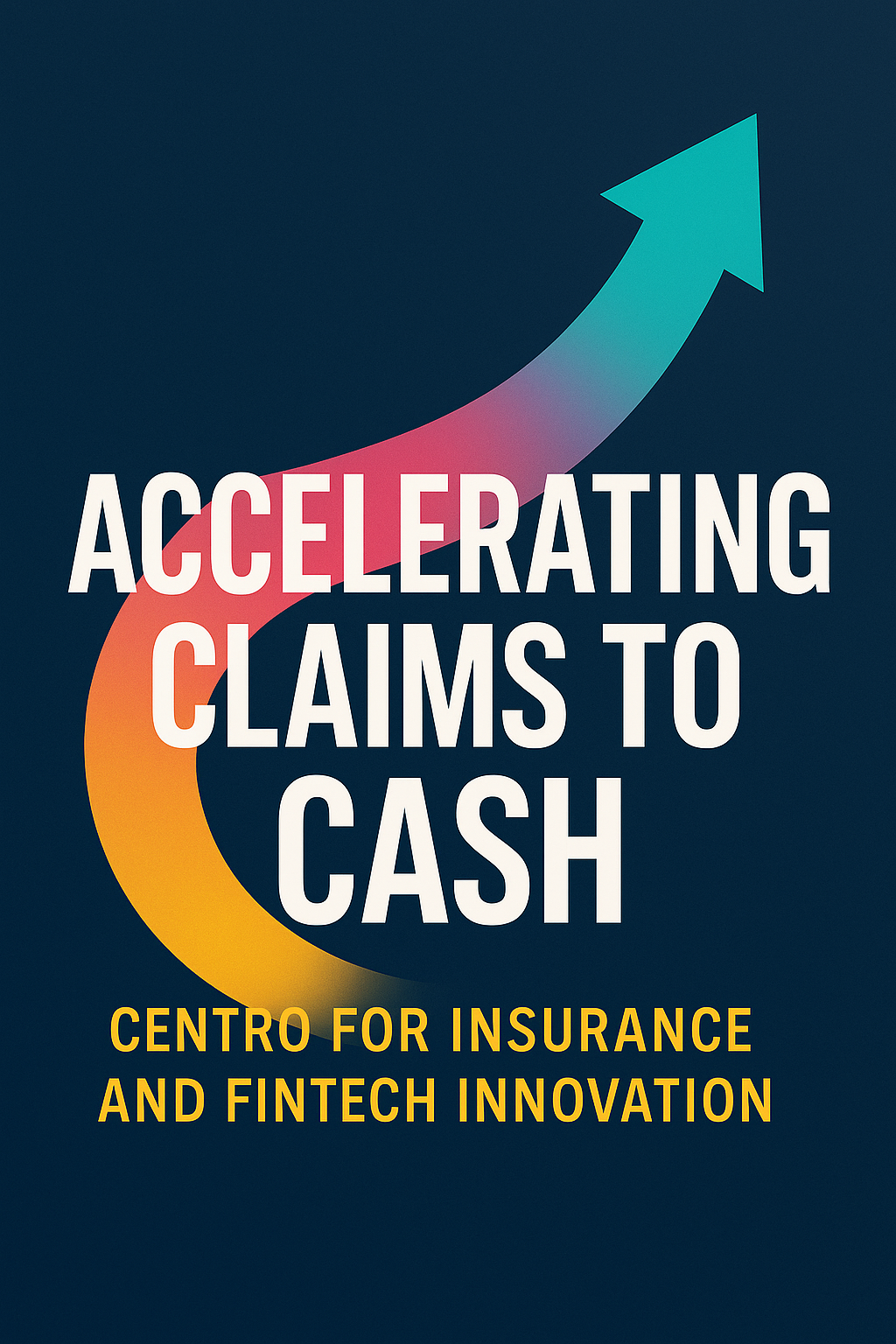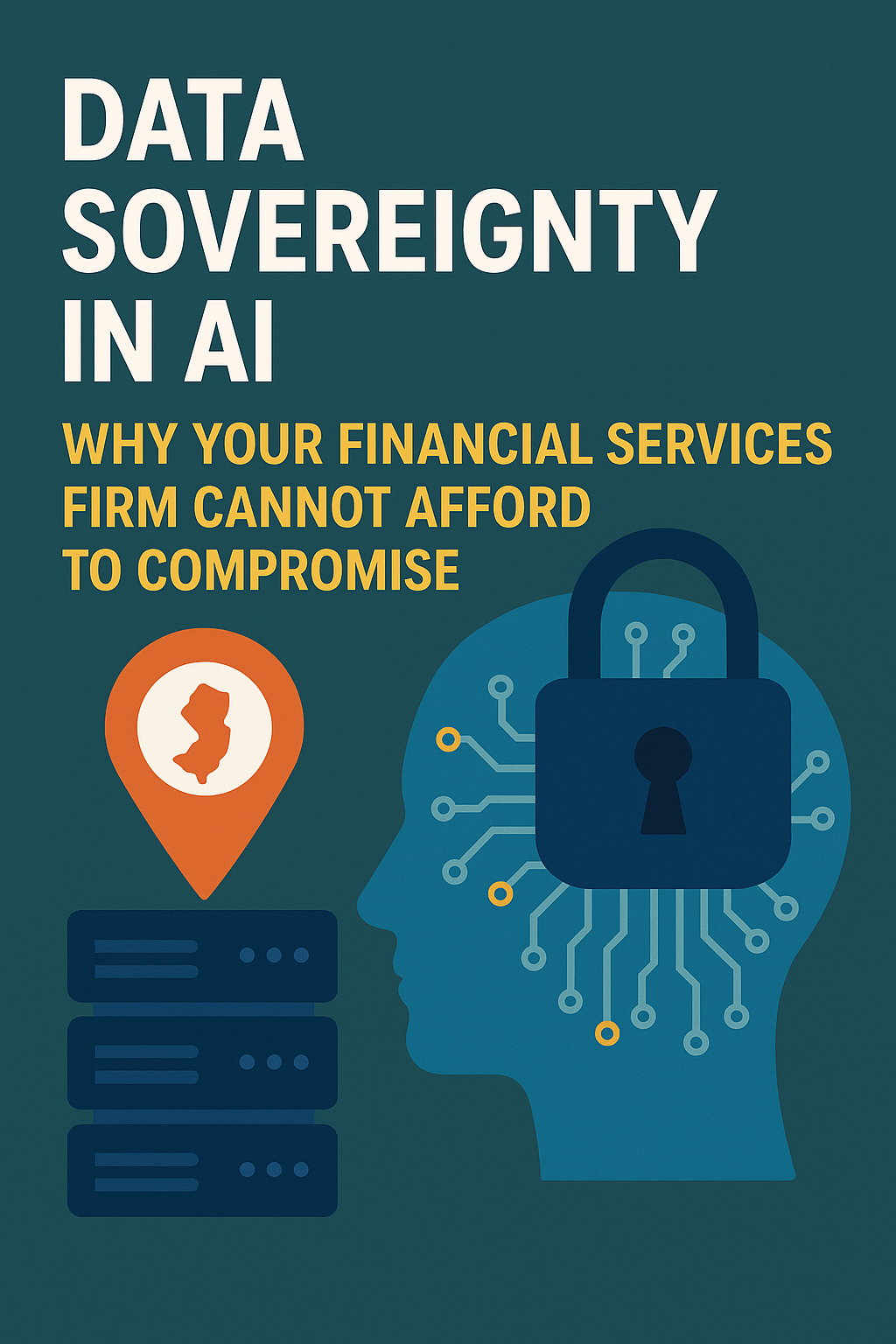

A detailed guide to migrating complex financial data to Salesforce Winter '26, from mapping to go-live.
Mapping legacy data: Preparing financial records and compliance workflows
Migrating volumes of financial data to Salesforce Winter '26 presents unique challenges for banks, insurers, and wealth managers whose operations rest on accurate records, compliance, and data-driven insights. The first step is a rigorous mapping of all current data sources—spanning core banking, insurance policies, CRM, Excel-based workarounds, and regulatory archives. Data mapping isn’t just technical; it requires collaboration between IT, compliance, and business units to document every dependency, ensure regulatory tags (like GLBA/FINRA markers) are tracked, and codify data lineage for auditability. Preparing for migration should include gathering data dictionaries, determining authoritative sources for conflicting records, and flagging sensitive fields subject to advanced encryption or access controls. Tools like Salesforce Data Quality Trailhead and best-practices from SalesforceBen can help teams prepare effectively.
Streamlined execution: Step-by-step migration and key risk mitigation tactics
With the groundwork complete, a stepwise migration framework is essential. Start with a pilot migration in a Salesforce sandbox, choosing a representative slice of real data—a segment of clients, policies, or transaction records—to stress-test the mapping and validation logic. Deploy test scripts that check for duplicate records, broken referential links, and legacy codes that may not translate to Salesforce objects. Document every script and process for audit readiness and future use. During “big bang” or phased migrations, establish a cutover plan that minimizes business disruption, such as migrating in off-hours or running parallel systems. Automation tools like Data Dictionary for field mapping and official release notes help catch edge cases. Frequent cross-team standups ensure technical issues are caught quickly, and specialized compliance or security checklists keep projects audit-safe.
Post-migration health: Validating, optimizing, and evolving your solution
Migration doesn’t end with the data transfer. Immediately after go-live, run validation reports comparing migrated records against legacy sources; look for count mismatches, missing records, or unexpected field values. Partner with business units to conduct “day-in-the-life” testing—walkthroughs that confirm critical tasks (portfolio reviews, claims processing, regulatory reporting) work as intended. Collect feedback via structured templates so refinements can be prioritized. Post-migration, continuous improvement is achieved by setting up Salesforce Health Checks, automated data validations, and user training on new workflows. Quarterly reviews help identify new optimization opportunities, while documenting lessons learned paves the way for smoother future migrations. For expert help, consider partnering with a consultancy like Vantage Point, which has experience in data integration and compliance within complex financial environments.



